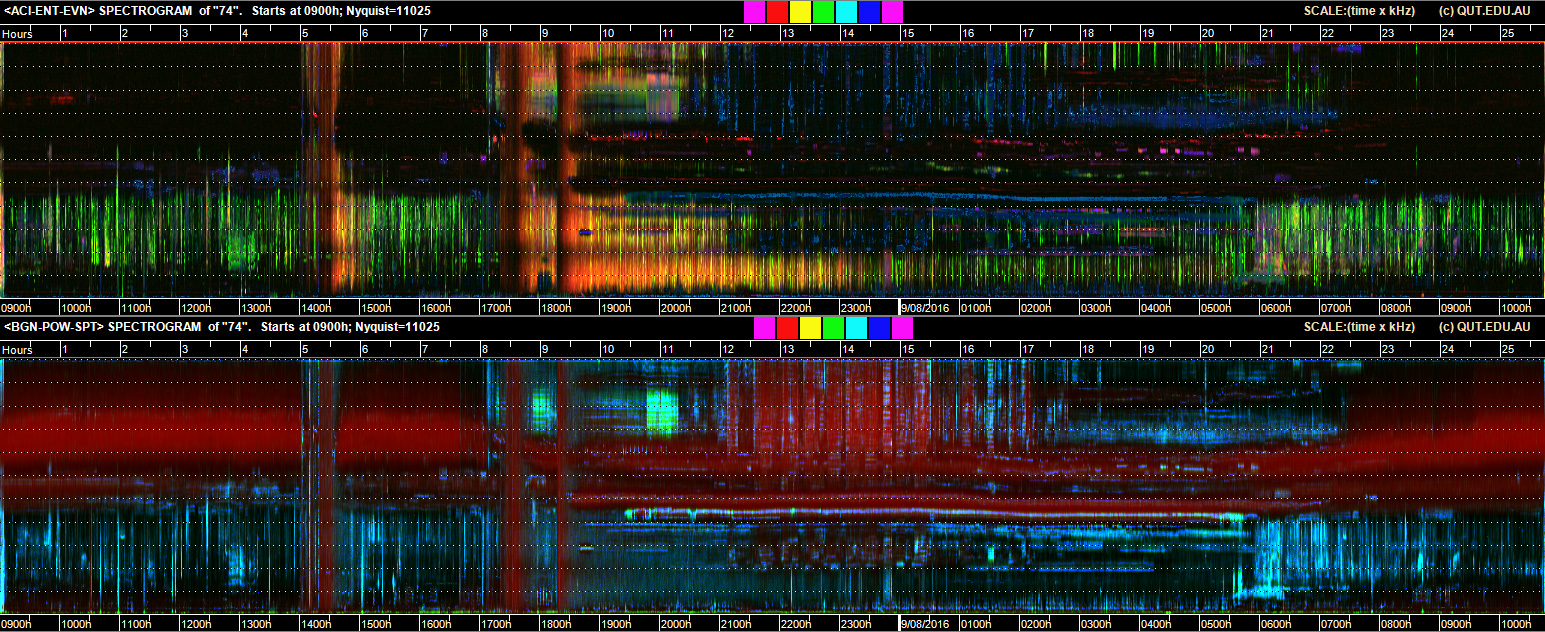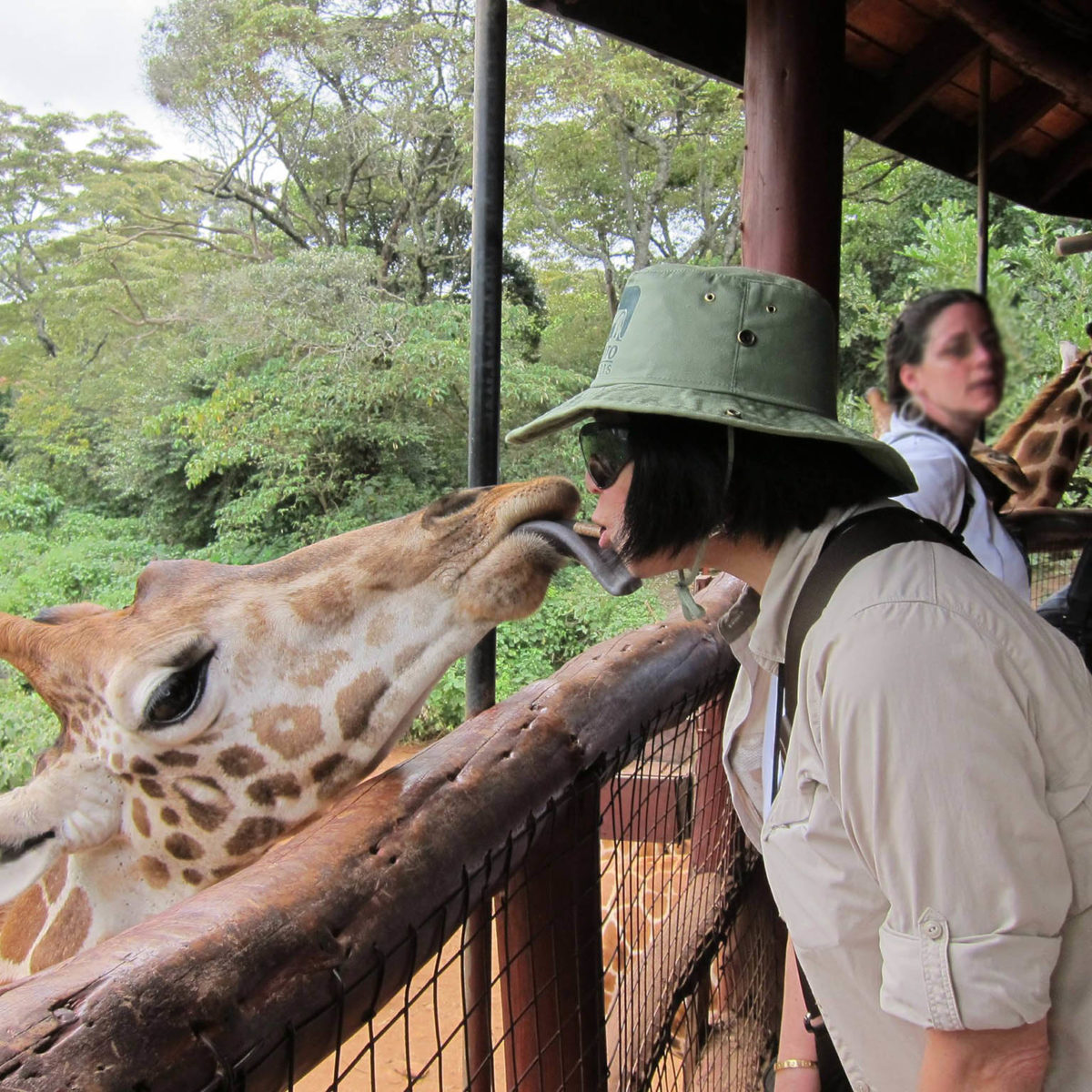Last month, the Cornell Lab of Ornithology announced the receipt of a $24 million donation to catalyze the field of conservation bioacoustics, which uses sound data to to understand and monitor species, habitats, ecological processes, and environmental health.
The benefactor is Lisa Yang, an investor and philanthropist, who serves on several boards and has degrees from Columbia University and Cornell University. Yang’s gift established the K. Lisa Yang Center for Conservation Bioacoustics, which will support several strategic initiatives led by an institution that has been at the forefront of the sector for more than 30 years.
Yang told Mongabay that she focused on bioacoustics due to the great potential for scaling the effectiveness of conservation efforts.
“When arrayed on a large scale, bioacoustics can capture huge amounts of sound data in nature, which when combined with machine learning and AI to make sense of the meta data, can be an incredibly powerful tool to guide conservation decisions,” Yang told Mongabay during a recent interview.
“The technology can provide an effective way of assessing conservation practices. By lowering the barriers to monitoring and comparing habitats, bioacoustics makes it possible to identify, and assess, how different conservation strategies affect species and habitats, as well as invest in the most effective conservation measures.”

Yang cites the power of bioacoustics to monitor elusive species, build “an enduring record of an ecosystem”, and monitor human activities to enable near real-time action. She also says the sector provides opportunities to bring together expertise from different fields.
“Bioacoustics is an incredibly diverse field: physics, hardware and software engineering, ecology, computational modeling, and more,” she said. “We need to bring the best people in these various scientific fields together.”

Yang’s philanthropic interests go beyond soundscape ecology and bioacoustics. As the mother of two children with autism, Yang is particularly supportive of translational neuroscience and fostering opportunities and respect for people who’ve been historically marginalized by society, including the “neurodiverse and individuals with disabilities.” She says this concern extends from people to animals.
From this vantage point, she sees parallels between the mental health and conservation sectors, noting her frustrations with organizations that take a top-down approach “[losing] sight of their mission” and “poorly-informed and tone-deaf legislators and funders that don’t understand the nuances of the population and the challenges” of the populations they are charged to serve.
“The intent may be noble among funders and NGOs, but the spectrum of opinion is wide; where the granular details are lost because the keepers of the purse do not get down-and-dirty with boots-on-the-ground experience,” she said.
She added that conservation needs to broaden its horizons if it is to scale its impact.
“Conservation cannot be viewed from a Westerner’s lens alone: a profound understanding of the local environment, from socio-economic factors, income inequality, culture(s) and religion(s), diversity of ethnic/gender/human ability, etc. has to be understood before any “conservation solutions” are tabled.”
Yang spoke about these issues and more in a conversation with Mongabay founder.


